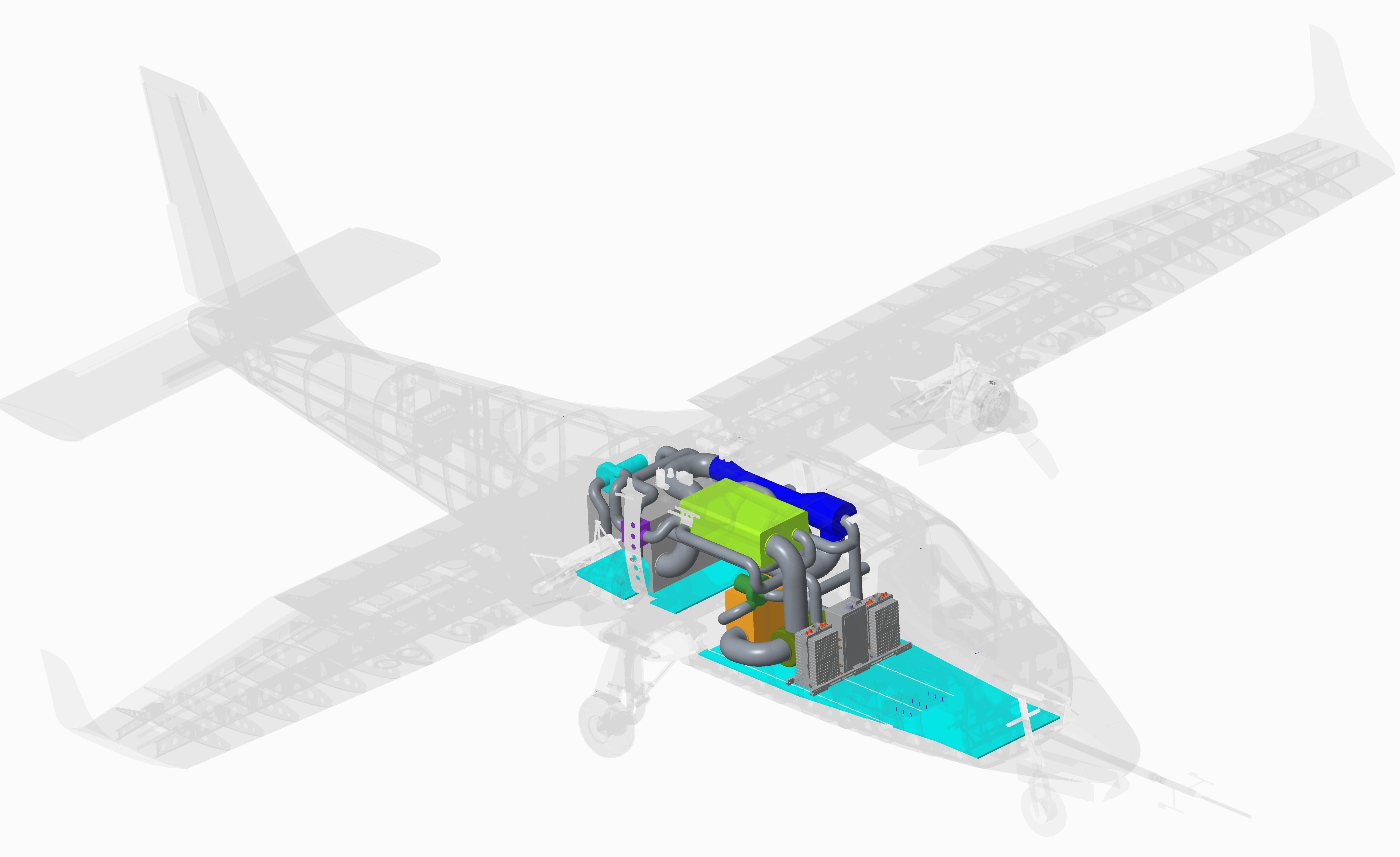
Credit: NASA
Scottish fuel-cell specialist Hy-Hybrid Energy is working with an undisclosed partner on a hybrid-electric propulsion system for aircraft that combines a gas turbine with a battery and a solid oxide fuel cell (SOFC) that operates on jet fuel. Current fuel cell aircraft propulsion development...
Subscription Required
This content requires a subscription to one of the Aviation Week Intelligence Network (AWIN) bundles.
Schedule a demo today to find out how you can access this content and similar content related to your area of the global aviation industry.
Already an AWIN subscriber? Login
Did you know? Aviation Week has won top honors multiple times in the Jesse H. Neal National Business Journalism Awards, the business-to-business media equivalent of the Pulitzer Prizes.
